Cyberpunk 2077 has had quite the redemption arc since its trouble launch almost three years ago, and Phantom Liberty — the game’s first and only expansion — is meant to cap off all the hard work done to improve Night City over the years. The game has come a long way, and as much as revamps of core systems are appreciated, new content is the best way to see what the developers have learned and taken from player feedback since launch and show what the next chapter of Cyberpunk 2077 could look like. Phantom Liberty is an enjoyable romp with some standout moments, but the expansion unfortunately leaves a lot to be desired.
Version 2.0
Phantom Liberty also arrives alongside the 2.0 update for Cyberpunk 2077, a free patch available to all players that dramatically overhauls the base game and roleplaying experience. The game’s entire perk system has been reworked to allow for more diverse builds and playstyles, the stamina bar has been changed to play a larger role in combat for both melee and ranged combat styles, and cyberware has undergone a complete overhaul to give players more freedom for both upgrades and customization since armor and stats aren’t tied to clothing anymore.
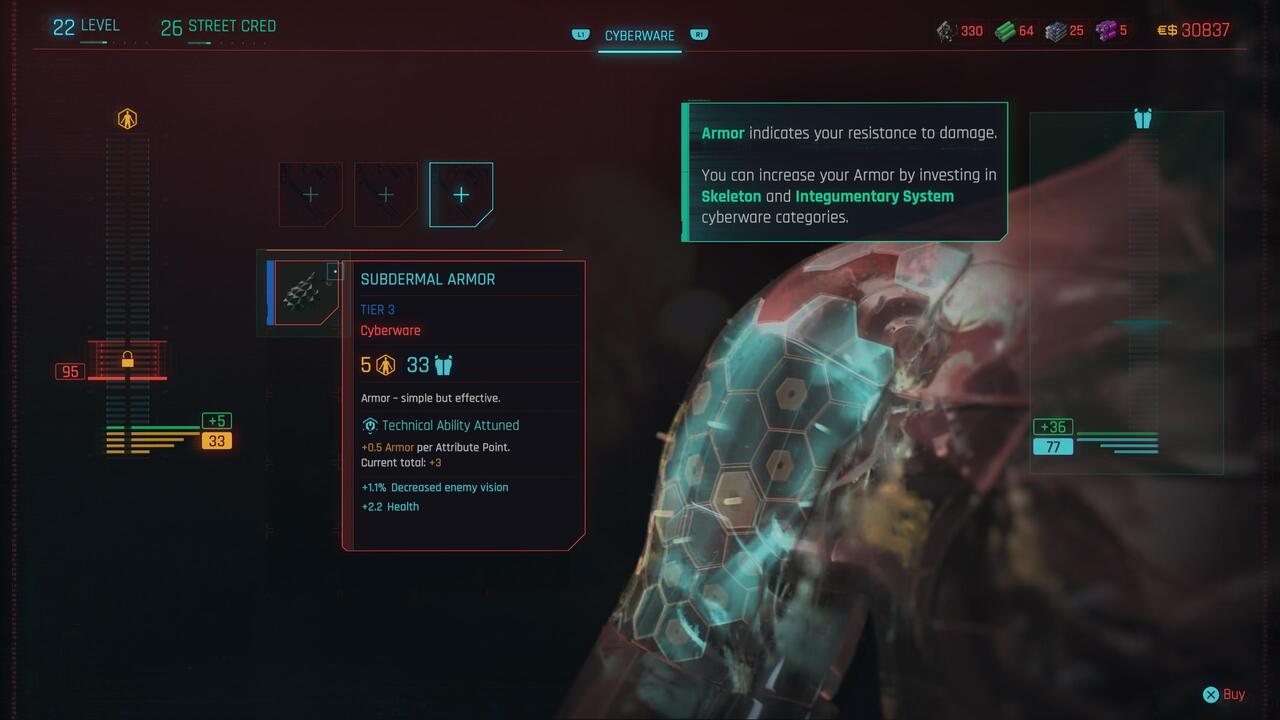
The 2.0 update for Cyberpunk 2077 is a huge achievement. While CD Projekt Red placed a huge emphasis on things like car combat and a reworked wanted system prior to launch, it cannot be overstated just how much the new progression system and stamina meter change the game for the better.
Perks are much more exciting than just small boosts to stats now. You can unlock the ability to replace the standard dodge with a lightning-fast dash, for example, an ability that lets V run as fast as cars as long as you have the stamina to keep up. Melee players can deflect bullets back at enemies and hacking builds can spread quickhacks to groups of enemies simultaneously or overclock their cyberware to dish out more damage at the cost of health. You can even create builds centered around previously irrelevant weapons like throwing knives, which now have their own skill nodes with multiple levels of exciting upgrades. Everyone’s version of V will look and feel drastically different in the 2.0 version of Cyberpunk 2077, something that could not be said about the game’s original launch version.
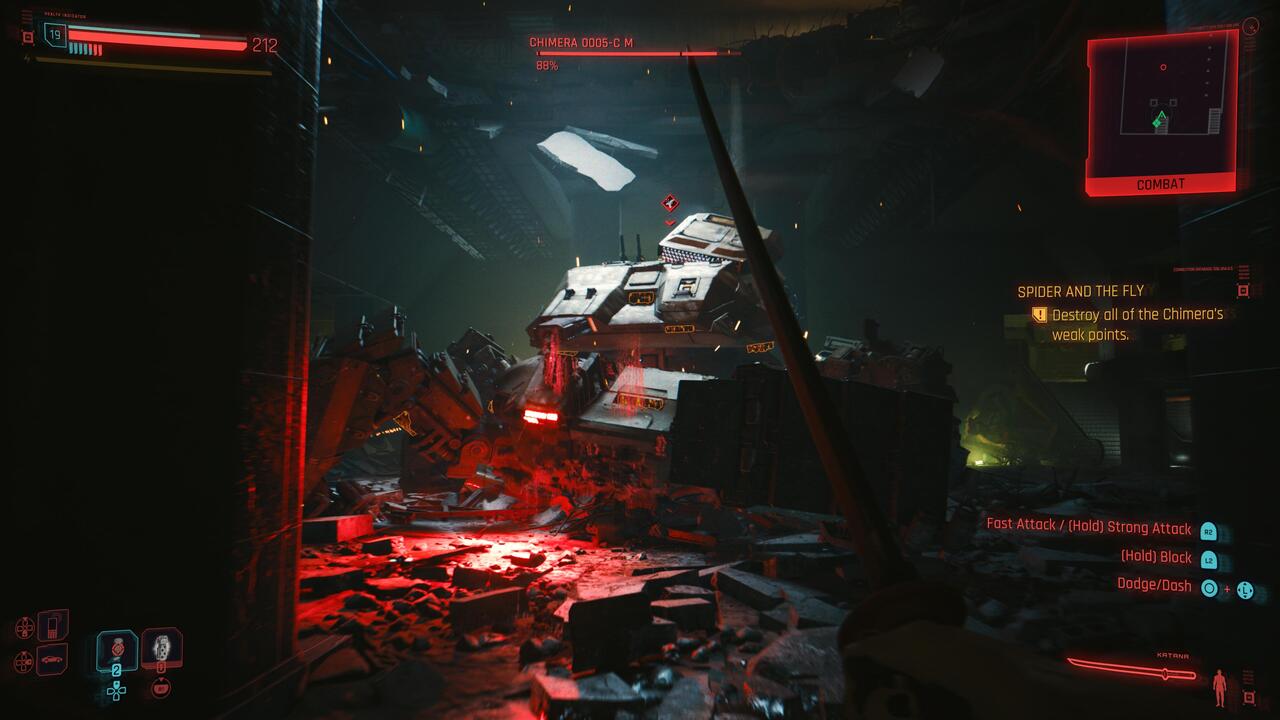
The new stamina meter also changes how you play, encouraging you to stick with your chosen playstyle and build instead of being a boring all-rounder. Instead of being used by sprinting, stamina is now consumed when swinging melee weapons and shooting guns. When you’re out of stamina, you won’t be able to perform melee attacks and your weapon’s fire rate will slow dramatically.
Most of the perks on the revamped skill tree provide stamina modifiers, like granting the ability to enter Focus or Deadeye mode for pistols and sniper rifles when the bar is full or replenishing your stamina after eliminating an enemy shortly after dashing to them. This transforms fights from mindless shooting galleries to calculated combat encounters, making you slow down and choose your shots to maintain Sharpshooter stacks as an assault rifle user or pick the most efficient route to slice through your foes and dismember limbs as a katana-wielding netrunner.
Phantom Liberty
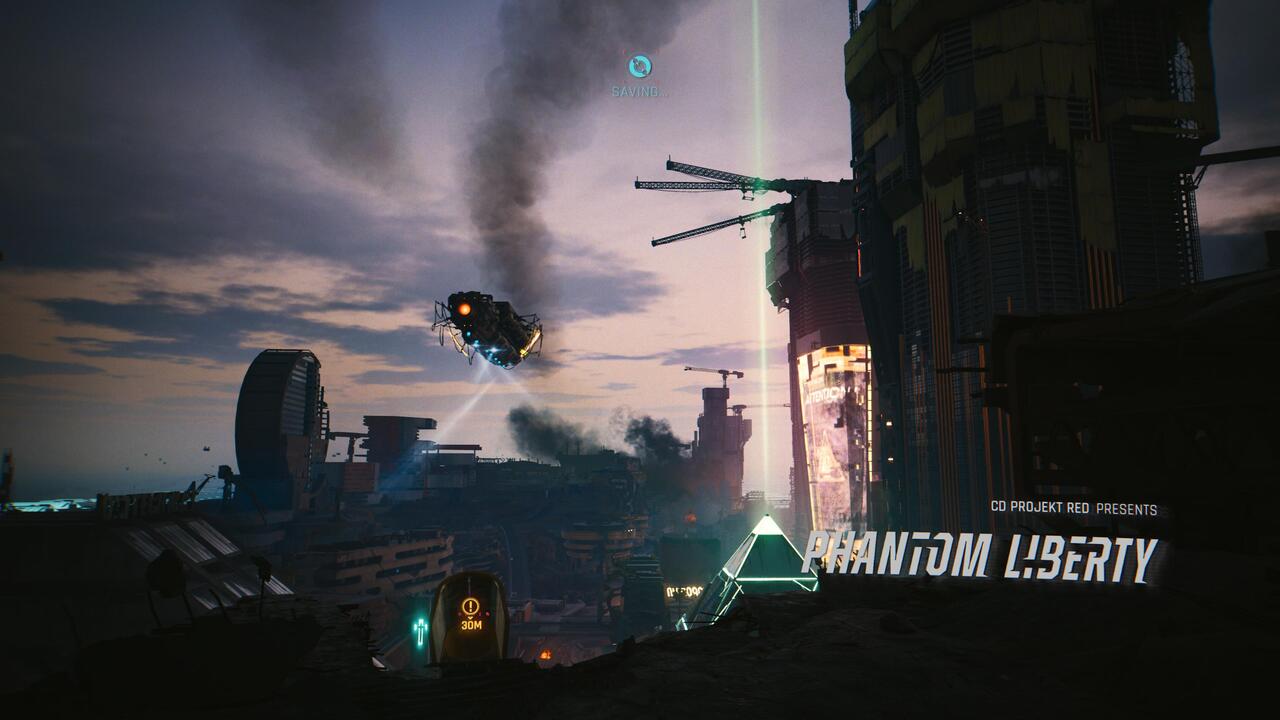
Most of what I enjoyed during my time with Phantom Liberty stemmed directly from the improvements added in version 2.0. The actual DLC content itself, however, isn’t nearly as good.
Phantom Liberty is more Cyberpunk 2077, for better and for worse. It’s a spy thriller where nobody can be trusted and backstabbings and betrayals are par for the course, a setting that should make for highly engaging roleplaying and decision-making. Despite this, Phantom Liberty is a mostly linear romp with a disappointing lack of choice and player agency.
The expansion takes place in a walled-off section of Night City called Dogtown. A plane carrying the president of the New United States of America crash lands in the district and V is contacted by a mysterious Netrunner named Songbird to rescue the president in exchange for a cure that could solve the Relic situation that the game’s main plot revolves around.

It’s an explosive opening, but things slow down from there as the game dives deeper into spy thriller territory. Phantom Liberty has some of the most impressive setpieces in all of Cyberpunk 2077, hitting all the James Bond tropes that you’d expect but with exciting futuristic twists. Infiltrating an elite party and gathering intel while gambling is an established tradition of spy media, but being able to track the players’ emotions and thoughts while doing so is something that’s uniquely Cyberpunk. CD Projekt Red really flexed its creative muscles when adapting these cliches into the Cyberpunk setting. Going undercover is made more exciting with behavioral implants and digital face masks, and stealing cars becomes much more of a challenge when netrunners can counterhack and wrestle control back from you.
Sadly, these moments are just as on-rails as the main campaign of Cyberpunk 2077, even more so in some cases. The game continuously warns you about trusting the wrong people and making the wrong choices, but there are no choices to make outside of which ending you’d like. It’s all empty set dressing, an unfortunate reality that breaks the illusion of going undercover at high-stakes blackjack tables or infiltrating a hostile compound with a stolen identity. You always feel the invisible hand of CD Projekt Red guiding you along the main path so you see exactly what it wants you to see.

That wouldn’t be as much of an issue if the cast and plot of Phantom Liberty were interesting enough to warrant this railroading. The main trio of Songbird, Alex, and Solomon Reed (played by Idris Elba) are nowhere near as interesting as the supporting cast of the base game. Even Elba’s star power isn’t enough to save Reed’s character, the stereotypical unsociable agent who makes the hard decisions because of a job gone bad years ago. It’s such a played-out trope, and not adding any significant Cyberpunk flavor to his characters is a huge missed opportunity. It feels like an attempt to replicate what happened with Keanu Reeves’ Johnny Silverhand from the base game without realizing why Johnny worked in the first place.
While the narrative elements of Phantom Liberty fall short, there’s still plenty to enjoy on the gameplay front. Dogtown is a small district on paper — only taking up a few blocks of Night City — but it’s remarkably dense. Not a single square foot is wasted. There are things to find and people to meet around every ugly corner of this unwelcoming place. Dogtown is also filled with random events like supply drops that make it hard to rush through the main story when there are so many interesting things happening on the sidelines. It’s one of Night City’s greatest locales.

The gigs and gameplay opportunities also offer a lot more freedom than Phantom Liberty’s main storyline. Each gig and side job has multiple outcomes, and the endings of these side quests are dependent on more than just your dialogue choices. The game recognizes if you chose the nonlethal route when working through some gigs, for example, which is a nice touch. There are also multiple routes and pathways to reach mission objectives that reward you for investing in certain stats, something that the main game was sorely lacking. Prying open a door, using cyberware to super jump onto a roof, jacking into a terminal to gain access, and even talking your way in are all viable strategies for missions now.
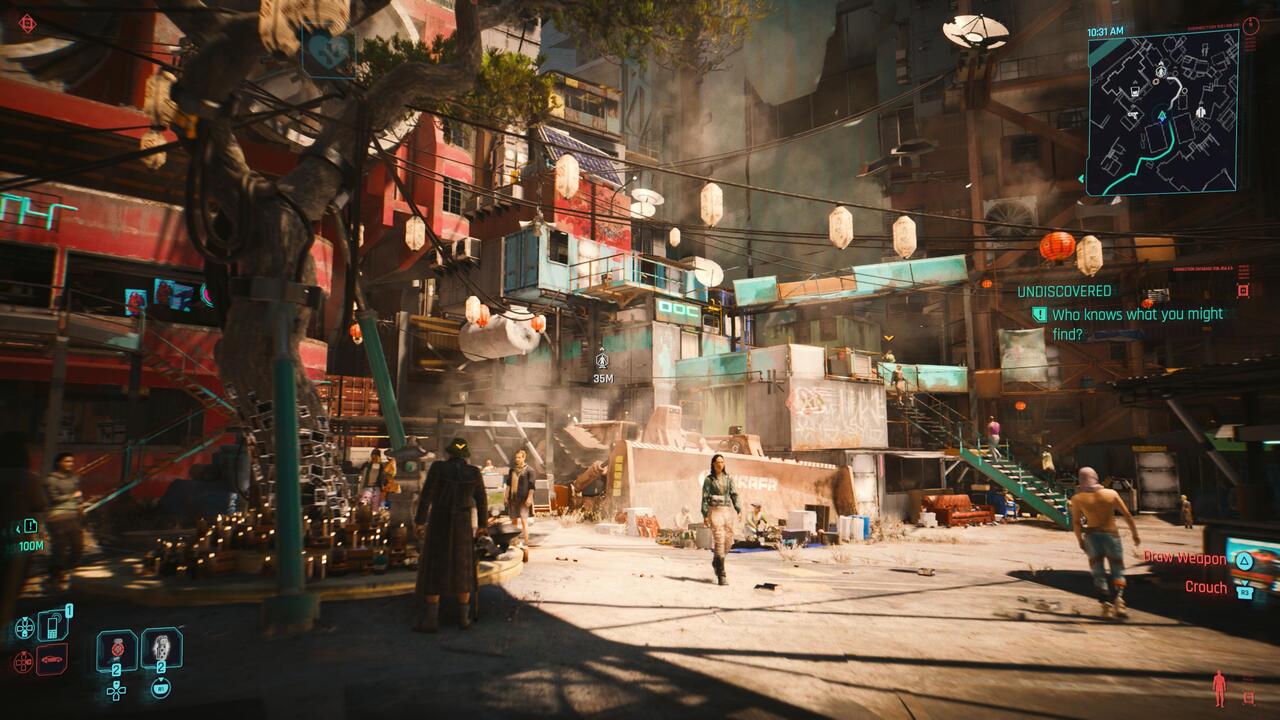
The Verdict
Cyberpunk 2077 Phantom Liberty is enjoyable, but for a next-gen only expansion debuting alongside a complete rework of the game’s RPG mechanics, it feels undercooked. It’s completely outshined by the free 2.0 update, and you might just be better off replaying the base game with the new changes instead of jumping straight into Phantom Liberty. It’s clear that CD Projekt Red took player feedback into account when designing Dogtown’s side content revamping the core gameplay of Cyberpunk 2077, but the main storyline of Phantom Liberty and player choice during missions needed more of that love, too.



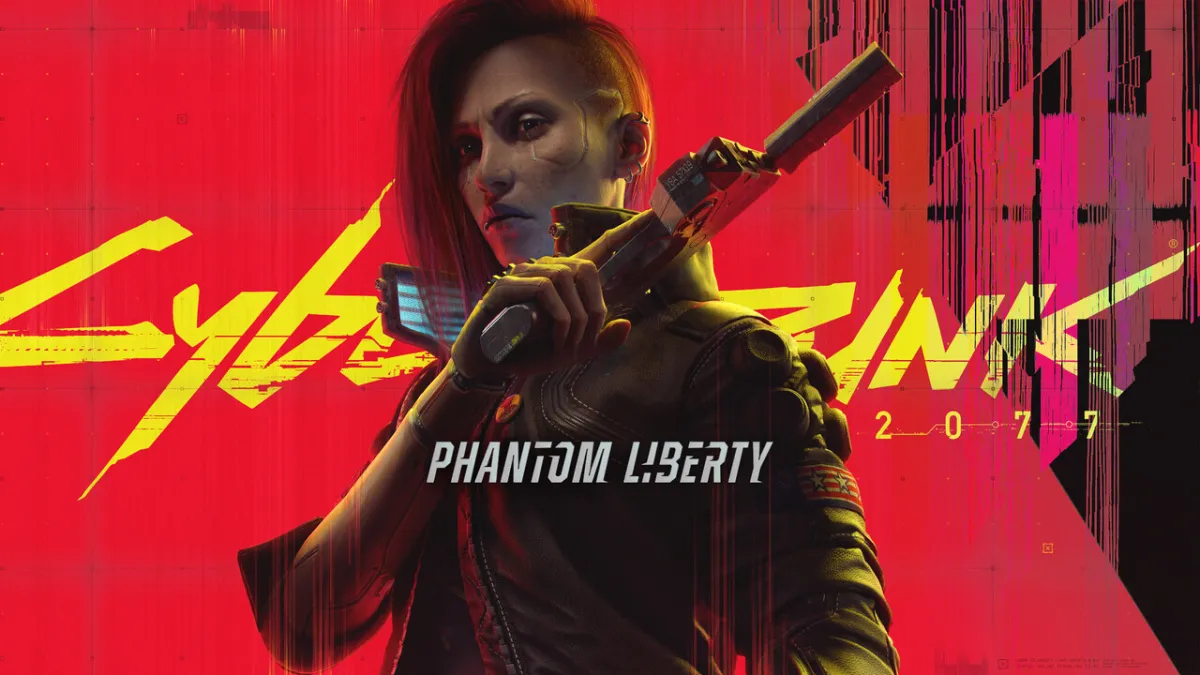

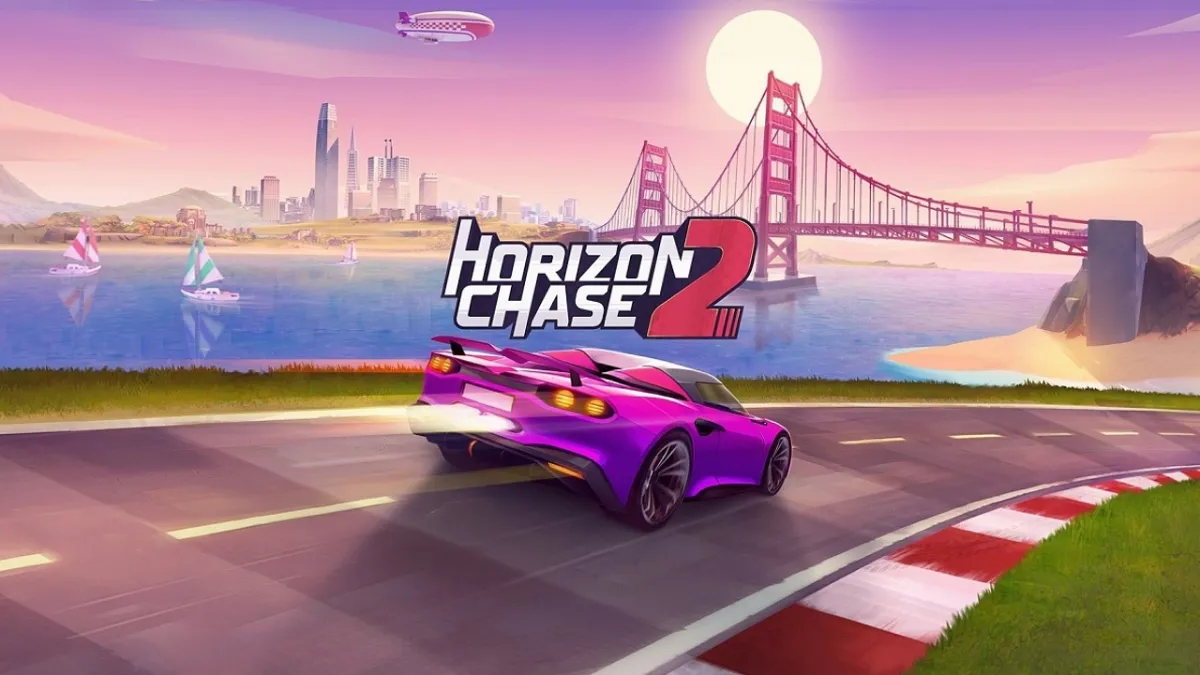

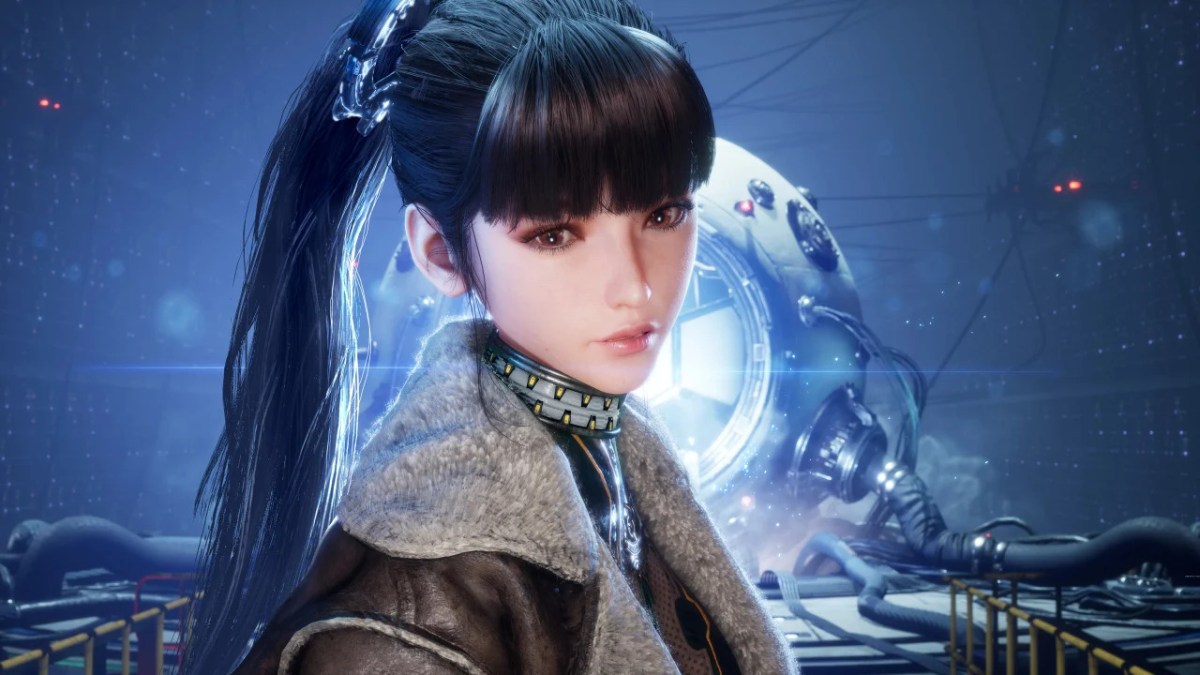


Published: Sep 20, 2023 10:28 am